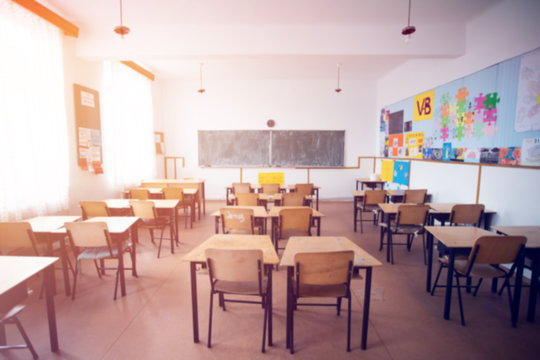How to Fix Blurry Photos Using GIMP: A Step-by-Step Guide
These days we gonna take a lot of pictures of our puppils to celebrate the end of this school year, and for sure, we will take a lot of blurry photos.-

How can we repair them? In this step-by-step guide, we will explore how to fix blurry photos using GIMP, a free and user-friendly image editing software. We’ll explain the process in a clear and simple manner, especially tailored for older individuals who may be less familiar with technology. So let’s get started!
Step 1: Installing GIMP First, let’s download and install GIMP on your computer. Follow these instructions:
- Open your internet browser and type “GIMP” in the search bar.
- Click on the official GIMP website link.
- Look for the “Downloads” section and choose the appropriate version for your operating system (Windows, Mac, or Linux).
- Click on the download link, and the software will start downloading.
- Once the download is complete, open the installation file and follow the on-screen instructions to install GIMP.
Step 2: Opening the Blurry Photo
- Locate the blurry photo on your computer.
- Right-click on the photo file and select “Open With.”
- Choose GIMP from the list of programs.
- The photo will open in GIMP’s main window.
Step 3: Zooming In for Better Visibility
- Locate the “Zoom” tool in the toolbar on the left side of the screen (it looks like a magnifying glass).
- Click on the magnifying glass icon and move your cursor to the photo.
- Left-click on the photo to zoom in gradually until you can see the details more clearly.
Step 4: Applying the “Sharpen” Filter
- In the top menu, click on “Filters.”
- In the drop-down menu, select “Enhance.”
- From the sub-menu, click on “Sharpen.”
- A dialog box will appear, showing a preview of the photo and a slider.
- Drag the slider to adjust the amount of sharpening you desire. Be cautious not to over-sharpen, as it may introduce noise.
- Click on the “OK” button to apply the sharpening effect.
Step 5: Comparing the Before and After
- To compare the original and fixed versions of the photo, go to the top menu and click on “View.”
- From the drop-down menu, select “Split View.”
- You will see a vertical line dividing the photo, with the original version on one side and the edited version on the other.
- Adjust the position of the line by clicking and dragging it to compare both versions.
- Once you are satisfied with the result, click on “View” again and select “Single View” to return to normal mode.
Step 6: Saving and Sharing the Fixed Photo
- To save the fixed photo, go to the top menu and click on “File.”
- From the drop-down menu, select “Export As.”
- Choose a location on your computer to save the photo, give it a name, and select the desired file format (JPEG is commonly used).
- Click on the “Export” button.
- In the dialog box that appears, you can adjust the image quality if necessary. Then click “Export” again to save the fixed photo.
Congratulations! You have successfully fixed a blurry photo using GIMP. Remember, practice makes perfect, so don’t be afraid to experiment with different settings to achieve the desired results. With GIMP’s user-friendly interface and these step-by-step instructions, you’ll be able to restore yours.